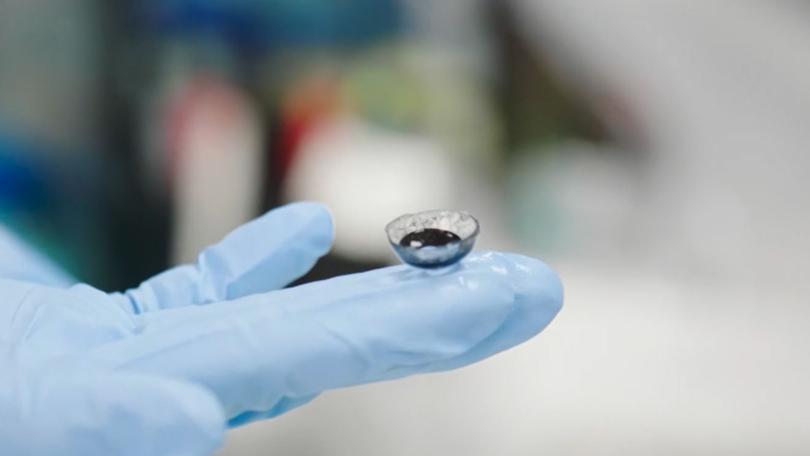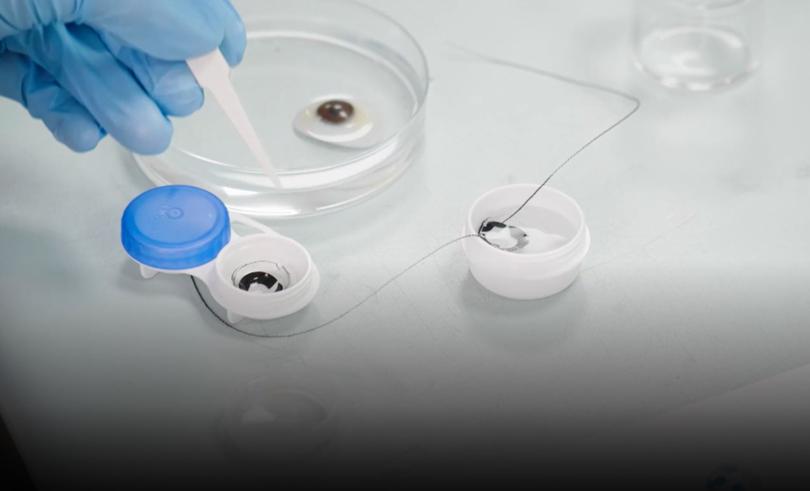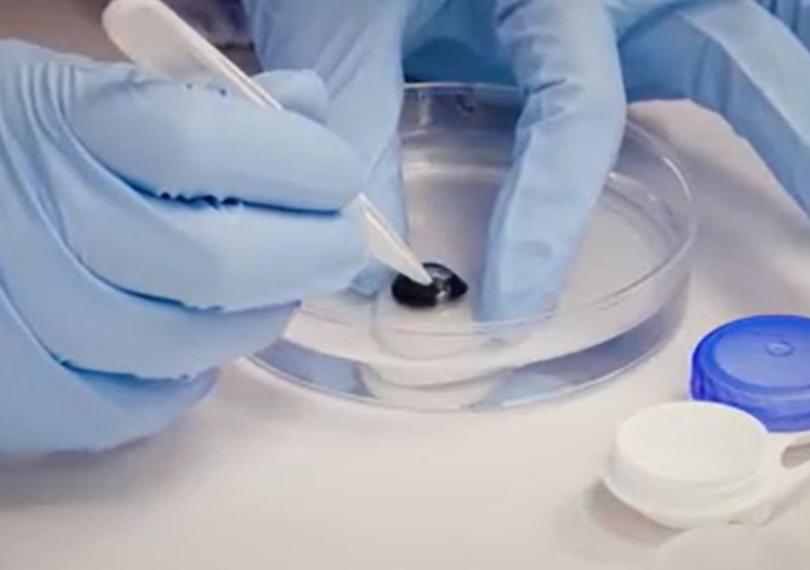CNBC: Scientists develop ultra-thin battery for smart contact lenses that could be charged by tears

Scientist Lee Seok Woo said a scene from a Mission Impossible movie inspired his latest invention: batteries for smart contact lenses.
In the fourth film of the series, an agent wears contact lenses capable of facial recognition and eye tracking. Lee wanted to make that lens a reality.
“I was thinking, ‘How can I work in this field of smart contact lenses?’” the Nanyang Technological University’s School of Electrical and Electronical Engineering associate professor told CNBC’s The Edge.
Sign up to The Nightly's newsletters.
Get the first look at the digital newspaper, curated daily stories and breaking headlines delivered to your inbox.
By continuing you agree to our Terms and Privacy Policy.Lee’s expertise in battery components served as the jumping off point for his foray into wearable technology. He realised smart contact lenses would need safe and compact batteries, which would be crucial for advancing development of these devices.
Contact lenses themselves are extremely thin, at 0.5 mm, thus the size and flexibility of these batteries are key to preventing user discomfort.
“The thickness of our battery is about 0.2 mm, which is about twice the thickness of a human hair,” Lee said.
Lee and his team invented a battery that can be powered using a biocompatible saline solution as an alternative to lithium-ion batteries, which contain flammable materials.
This new battery can be charged using a conventional wire method, or a chemical method. The battery is coated with glucose and, when dipped into saline solution, the glucose will react with the sodium and chloride ions to charge it.

After eight hours of chemical charging, the battery can reach 80 per cent of its full capacity. Then, it can be used for a couple of hours during the day.
However, there is another unusual way to power the battery.
“Tear solution also contains glucose. That means, while you’re wearing the contact lens, your tears can also charge the battery,” Lee said.
“If you cry more, then you can charge your battery more.”
Currently, the capacity and voltage of the battery is still very low. Using the two methods, the battery can only produce a voltage of approximately 0.3V - 0.6V. The standard voltage for one AA battery is 1.5V.
At this stage, that output is insufficient for powering data storage or internet connection, but the team is working to develop the battery’s specifications.

A potential partner Lee has identified is in health care.
“We use glucose as a biofuel. There are many diabetic patients who check their glucose level every day,” Lee said.
“We studied how we can detect glucose level while the user is wearing the contact lens.”
Despite the potential prospects of such an innovation, Lee thinks that costs should be kept low, considering the capacity of the batteries.
“Once it goes into very serious commercialisation, the cost of the battery should only be a few dollars.”
Originally published on CNBC
